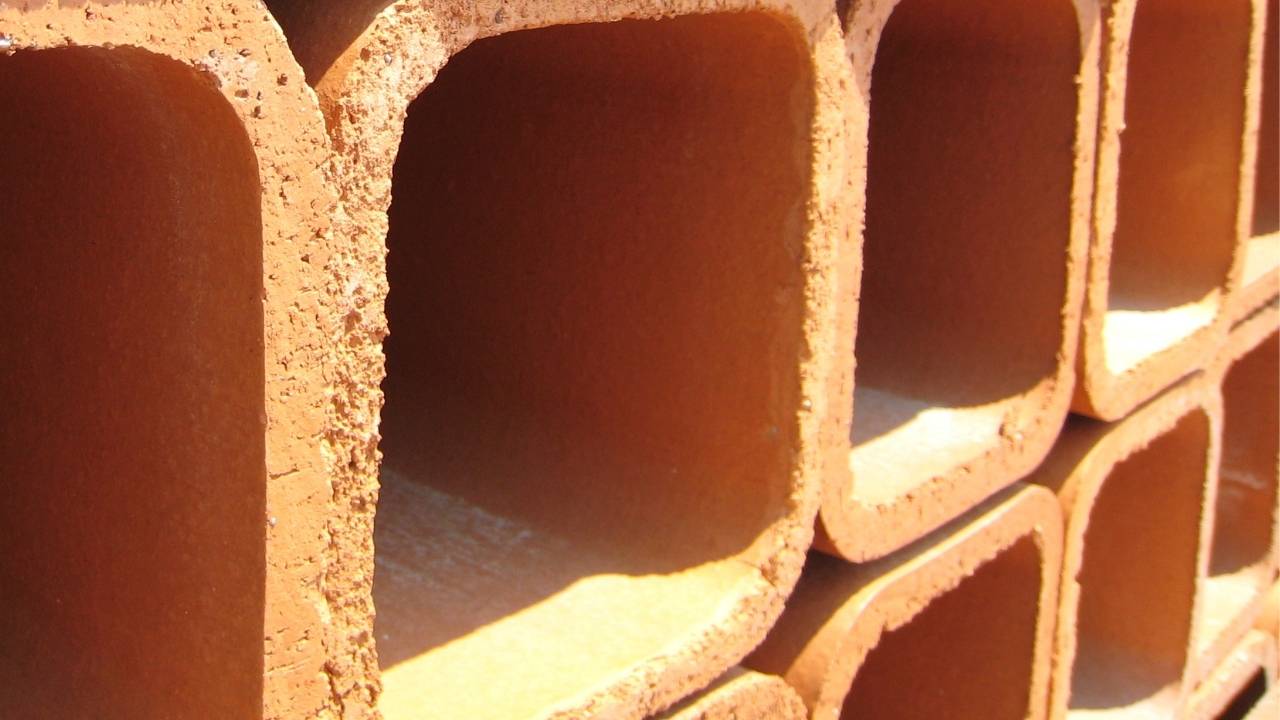

Articles
What Is A Chimney Flue
Modified: October 20, 2024
Learn about the chimney flue with this informative article. Discover its purpose, types, and importance for your fireplace.
(Many of the links in this article redirect to a specific reviewed product. Your purchase of these products through affiliate links helps to generate commission for Storables.com, at no extra cost. Learn more)
Introduction
A chimney flue plays a crucial role in the proper functioning of a fireplace or wood-burning stove. It serves as a passageway for smoke, gases, and other byproducts of combustion to exit the home safely. Understanding the purpose and components of a chimney flue is essential to ensure the efficiency, safety, and longevity of a home’s heating system.
Whether you’re a homeowner with a traditional brick chimney or someone considering adding a fireplace or wood-burning stove to your home, it’s important to familiarize yourself with the basics of chimney flues. In this article, we will dive into the definition, components, working mechanism, importance, common issues, maintenance, and safety measures related to chimney flues.
Key Takeaways:
- Proper maintenance and regular inspections of chimney flues are crucial for safety, efficiency, and longevity. Engaging professional chimney sweeps ensures optimal functionality and minimizes potential hazards.
- Implementing safety measures, such as installing chimney caps and using properly seasoned firewood, enhances the safety and efficiency of chimney flues. Regular maintenance and vigilance are key to keeping homes and loved ones safe.
Read more: How To Use A Chimney Flue
Definition of a Chimney Flue
A chimney flue refers to the vertical passageway within a chimney that allows the products of combustion, such as smoke, gases, and particles, to safely exit the home. It is essentially a pipe or channel that connects the fireplace or stove to the outside atmosphere.
The flue is typically constructed using various materials, including brick, clay tile, metal, or concrete. It is designed to withstand high temperatures, corrosion, and the erosive effects of combusted substances.
A chimney flue can have different dimensions, depending on the type of heating appliance it serves. It is usually larger for a wood-burning fireplace or stove since they produce more smoke and require a bigger opening for proper ventilation. Gas fireplaces and heaters, on the other hand, may have smaller flues since their combustion process is cleaner.
The flue is an integral part of the chimney system and works in conjunction with other components, such as the chimney liner, chimney cap, and damper, to ensure the safe operation of a fireplace or wood-burning stove.
Now that we understand the definition of a chimney flue, let’s explore its various components in more detail.
Components of a Chimney Flue
A chimney flue consists of several key components that work together to facilitate the safe and efficient operation of a fireplace or wood-burning stove. Understanding these components is crucial for proper maintenance and troubleshooting. Let’s take a closer look at each of them:
- Chimney Liner: The chimney liner is an essential component that lines the inside of the flue. It protects the chimney walls from heat, corrosion, and moisture while providing a smooth passage for the byproducts of combustion to exit. Liners can be made of various materials, including clay tile, metal, or cast-in-place concrete.
- Smoke Chamber: Located just above the fireplace opening, the smoke chamber acts as a transition zone where the smoke from the fire expands and flows into the flue. It is designed to help direct the smoke upward and prevent downdrafts into the living space.
- Chimney Cap: A chimney cap is a protective cover that sits on top of the flue opening. It serves multiple purposes, including preventing rainwater, debris, and animals from entering the chimney, while also helping to reduce downdrafts and improve airflow.
- Chimney Crown: The chimney crown is a sloped cement or concrete layer that covers the top portion of the chimney. It helps to protect the chimney structure from water damage and prevents moisture from seeping into the flue.
- Flue Damper: The flue damper is a metal plate or valve located either at the top of the flue or just above the fireplace. It can be manually operated or automated and is used to control the airflow and draft within the chimney. When closed, it helps to reduce heat loss and prevent downdrafts when the fireplace is not in use.
- Flue Connector: The flue connector is the section of the flue that connects the heating appliance, such as a fireplace or wood-burning stove, to the main chimney flue. It ensures that the byproducts of combustion are directed into the chimney and not released into the home.
These components work together to create a safe and efficient chimney flue system. Each component plays a vital role in maintaining proper airflow, preventing heat loss, and protecting the chimney and home from damage. Regular inspection and maintenance of these components are essential for their optimal functionality.
How Does a Chimney Flue Work?
A chimney flue works on the principle of natural draft, utilizing the difference in temperature and pressure between the inside and outside of the flue to create a continuous airflow. Let’s explore the working mechanism of a chimney flue:
- Combustion: When a fire is lit in the fireplace or wood-burning stove, combustible materials, such as wood or gas, are burned. This combustion process generates smoke, gases, and particles.
- Heat Transfer: As the fuel burns, heat is released, which warms the surrounding air and objects. The hot gases and smoke rise, creating an updraft due to their lower density compared to the colder air outside.
- Natural Draft: The updraft of hot gases and smoke creates a pressure difference between the inside and outside of the flue. This pressure difference, known as natural draft, allows the byproducts of combustion to rise and exit the home through the chimney flue.
- Efficient Ventilation: The design and construction of the chimney flue facilitate proper ventilation. The smooth and insulated walls of the flue help to maintain the heat generated by the fire and prevent the cold outside air from mixing with the warm indoor air.
- Elimination of Combustion Byproducts: As the smoke, gases, and particles rise through the flue, they exit the home, carrying away harmful substances and preventing their accumulation indoors. The chimney flue’s height and insulation also help to disperse the smoke and prevent it from recirculating into the living space.
By harnessing natural draft, a chimney flue ensures the efficient and safe removal of combustion byproducts, preventing the buildup of smoke and harmful gases inside the home. The proper functioning of a chimney flue is essential for maintaining good air quality, preventing chimney fires, and maximizing the heating efficiency of the fireplace or wood-burning stove.
Importance of a Properly Functioning Chimney Flue
A properly functioning chimney flue is key to the safe and efficient operation of a fireplace or wood-burning stove. Let’s explore the importance of maintaining a well-maintained chimney flue:
- Safety: One of the primary reasons for having a functioning chimney flue is safety. The flue removes the byproducts of combustion, such as smoke, carbon monoxide, and other harmful gases, from the home. Without a properly functioning flue, these gases can accumulate indoors, posing a serious health hazard to occupants.
- Prevention of Chimney Fires: A buildup of creosote, a highly flammable substance produced during the combustion process, can occur inside the chimney flue. A properly functioning flue ensures that any creosote or other combustible materials are safely transported out of the home, reducing the risk of chimney fires.
- Efficient Heating: A properly functioning chimney flue helps to maintain a steady airflow, allowing the fireplace or wood-burning stove to burn efficiently. Efficient combustion leads to better heat output, maximizing the heating efficiency of the appliance and reducing energy waste.
- Prevention of Drafts: A well-designed chimney flue helps to prevent drafts by ensuring a constant flow of air up the chimney. This prevents cold air from entering the home through the fireplace when it is not in use and minimizes heat loss when the fire is burning.
- Protection of Chimney Structure: A properly functioning flue helps protect the chimney structure from deterioration. By promptly removing moisture and combustion byproducts, the flue prevents corrosion and other forms of damage that can weaken the chimney over time.
Regular inspection and maintenance of the chimney flue are essential to ensure its proper functioning. Engaging professional chimney sweeps to clean the flue and address any issues can help maintain a safe and efficient chimney system.
In summary, a properly functioning chimney flue is crucial for the safety, prevention of chimney fires, efficient heating, draft prevention, and protection of the chimney structure. By taking proper care of the chimney flue, homeowners can enjoy a warm and cozy atmosphere while minimizing potential hazards and maximizing energy efficiency.
When cleaning a chimney flue, always wear protective gear and use a chimney brush to remove any built-up soot and debris. Regular maintenance is essential for safe and efficient chimney operation.
Read more: How To Check A Chimney Flue
Common Issues with Chimney Flues
Chimney flues, like any other component of a home’s heating system, can experience various issues over time due to wear and tear, improper maintenance, or other factors. Here are some common issues that homeowners may encounter with chimney flues:
- Creosote Buildup: Over time, creosote, a black, tar-like substance, can accumulate on the walls of the chimney flue. This buildup is a byproduct of combustion and can increase the risk of chimney fires if not regularly cleaned and removed.
- Obstructions: Debris, such as leaves, twigs, or bird nests, can obstruct the chimney flue, preventing proper airflow and causing issues with ventilation. Obstructions can also lead to downdrafts, smoke backflow, and poor performance of the fireplace or wood-burning stove.
- Cracks or Damage: Chimney flues, especially those made of masonry materials, can develop cracks or suffer damage over time due to exposure to extreme heat, weather conditions, and settling of the foundation. Cracks in the flue can compromise its functionality, increasing the risk of gas leaks or chimney fires.
- Liner Deterioration: The chimney liner is designed to protect the flue and ensure proper venting. However, liners can deteriorate over time due to corrosion or the effects of high temperatures. A deteriorated liner can affect the safety and efficiency of the chimney system.
- Flue Blockages: In addition to obstructions, other blockages can occur within the flue, such as excessive ash or soot buildup, animal nests, or fallen masonry. These blockages can impede the flow of combustion byproducts and lead to poor chimney performance.
- Improper Sizing: Chimney flues should be appropriately sized to match the heating appliance they serve. An improperly sized flue can lead to poor draft, improper ventilation, and decreased efficiency of the fireplace or wood-burning stove.
It is important to address these issues promptly to ensure the safety and functionality of the chimney flue. Regular chimney inspections, cleanings, and repairs by professional chimney sweeps can help identify and resolve potential issues before they escalate.
By addressing and resolving these common issues, homeowners can enjoy a properly functioning and safe chimney system that provides efficient heating and peace of mind.
Chimney Flue Maintenance and Inspection
Maintaining and inspecting your chimney flue on a regular basis is crucial for its proper functioning, safety, and longevity. Here are some essential maintenance and inspection tasks to keep your chimney flue in optimal condition:
- Annual Chimney Sweeping: Schedule an annual chimney sweeping performed by a professional chimney sweep. They will remove creosote buildup, debris, and any blockages from the chimney flue. This helps prevent chimney fires, improves airflow, and ensures proper venting.
- Inspecting the Chimney Cap and Crown: Regularly check the chimney cap and crown for any signs of damage or wear. The chimney cap should be intact and free from cracks or missing pieces to prevent water, debris, and animals from entering the flue. The chimney crown should be inspected for cracks or deterioration and repaired as necessary to prevent water damage.
- Check the Flue Liner: Inspect the flue liner for any signs of damage, cracks, or deterioration. Also, check for any gaps between the liner and the chimney walls. A damaged flue liner can compromise the safety and efficiency of the chimney system and may require repairs or replacement.
- Addressing Blockages: Regularly check for any blockages or obstructions within the chimney flue, such as debris, nests, or fallen masonry. Clearing out any blockages ensures proper ventilation and prevents smoke backflow or poor chimney performance.
- Checking the Flue Damper: Ensure that the flue damper is functioning correctly. If there are any issues with the damper, such as it not fully opening or closing, it can affect the draft and energy efficiency of your fireplace or wood-burning stove. Have a professional inspect and repair the damper if needed.
- Addressing Moisture Issues: Moisture can be damaging to the chimney flue and the overall chimney structure. Check for signs of water leaks, such as water stains, dampness, or mold growth. Address any water entry points and ensure proper chimney waterproofing to protect the flue from corrosion and deterioration.
- Regular Inspections: In addition to annual inspections by a professional, visually inspect your chimney flue regularly. Look for signs of wear, cracks, or any other issues that may require attention. Early detection of problems allows for timely repairs, preventing further damage and hazards.
Remember, chimney flue maintenance and inspections should be carried out by qualified professionals who have the knowledge and expertise to identify and address any issues effectively. By staying proactive with chimney flue maintenance, you can ensure the safe and efficient operation of your fireplace or wood-burning stove, and enjoy the comfort and warmth of your home.
Chimney Flue Safety Measures
Ensuring the safety of your chimney flue is essential to protect your home and the well-being of its occupants. By implementing the following safety measures, you can enhance the safety and efficiency of your chimney flue:
- Install a Chimney Cap: A chimney cap serves as a protective barrier, preventing debris, animals, and water from entering the chimney flue. It also helps to reduce downdrafts and improve airflow. Make sure to install a high-quality chimney cap that fits securely on top of your flue.
- Use Properly Seasoned Firewood: Burning properly seasoned firewood reduces the production of excessive creosote, a combustible substance that can lead to chimney fires. Seasoned firewood has a moisture content of around 20% or less and burns more efficiently while producing less smoke and soot buildup.
- Regularly Clean the Chimney Flue: Schedule regular cleanings of your chimney flue by professional chimney sweeps. This ensures that creosote buildup, debris, and blockages are removed, reducing the risk of chimney fires and improving ventilation.
- Install Carbon Monoxide Detectors: Install carbon monoxide detectors near your fireplace or wood-burning stove and in the rooms located near the chimney. Carbon monoxide is a colorless and odorless gas that can be produced during the incomplete combustion process. Detectors can alert you to elevated levels of carbon monoxide, helping to prevent carbon monoxide poisoning.
- Keep Combustible Materials Clear: Maintain a safe clearance zone around your fireplace or wood-burning stove. Keep combustible materials, such as furniture, curtains, or rugs, at a safe distance to minimize the risk of accidental fires, especially when the fire is burning or the stove is in operation.
- Regular Maintenance and Inspections: Regularly inspect and maintain your chimney flue to ensure its proper functioning. This includes annual inspections, cleaning, and addressing any issues promptly. Engage professional chimney sweeps to perform these tasks, as they have the knowledge and expertise to identify potential problems and make necessary repairs.
- Monitor Fire and Extinguish Properly: Always monitor the fire in your fireplace or wood-burning stove and never leave it unattended. Use a fireplace screen to prevent sparks and embers from escaping. When extinguishing the fire, use water or sand instead of closing the damper immediately. This helps ensure that any remaining embers are fully extinguished.
By implementing these chimney flue safety measures, you can minimize the risk of chimney fires, carbon monoxide poisoning, and other potential hazards. Remember, chimney flue safety is a shared responsibility, and regular maintenance and vigilance are key to keeping your home and loved ones safe.
Conclusion
A chimney flue plays a vital role in the proper functioning and safety of a fireplace or wood-burning stove. Understanding the definition, components, working mechanism, importance, common issues, maintenance, and safety measures related to chimney flues is crucial for homeowners and those considering adding a fireplace or stove to their homes.
Proper maintenance and regular inspections of the chimney flue are essential to ensure its optimal performance and longevity. Regular cleanings, addressing blockages, and checking for any damage or deterioration are all part of a comprehensive maintenance routine. Engaging professional chimney sweeps is highly recommended for these tasks, as they have the expertise to thoroughly assess and address any issues.
By maintaining a properly functioning chimney flue, homeowners can enjoy the warmth and comfort of their fireplace or wood-burning stove while minimizing the risk of hazards such as chimney fires, carbon monoxide poisoning, and poor ventilation. Implementing safety measures, such as installing chimney caps, using properly seasoned firewood, and monitoring the fire, further enhances the safety of the chimney system.
Remember, a well-maintained and safe chimney flue not only ensures efficient heat transfer but also contributes to a healthy indoor environment by effectively removing combustion byproducts from the home. Regular maintenance, inspections, and adhering to safety measures will provide peace of mind, knowing that your chimney flue is functioning properly to keep your home and loved ones safe.
Frequently Asked Questions about What Is A Chimney Flue
Was this page helpful?
At Storables.com, we guarantee accurate and reliable information. Our content, validated by Expert Board Contributors, is crafted following stringent Editorial Policies. We're committed to providing you with well-researched, expert-backed insights for all your informational needs.
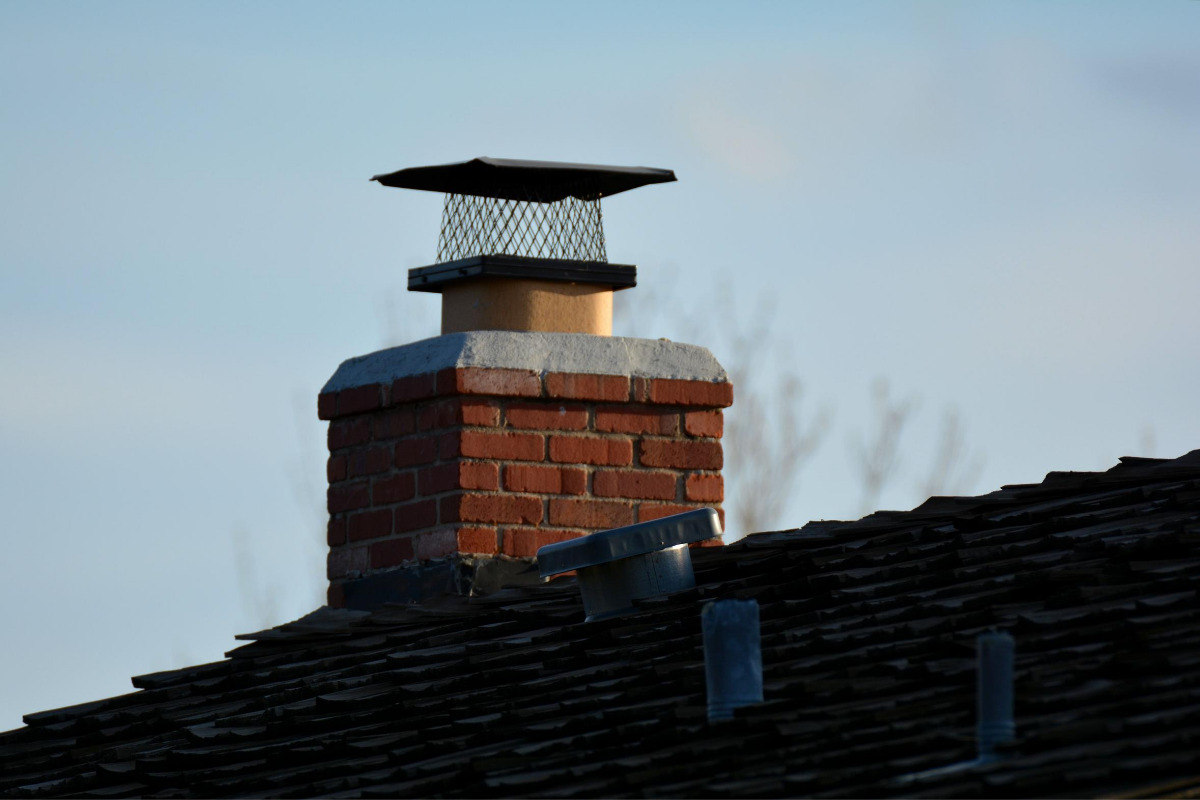
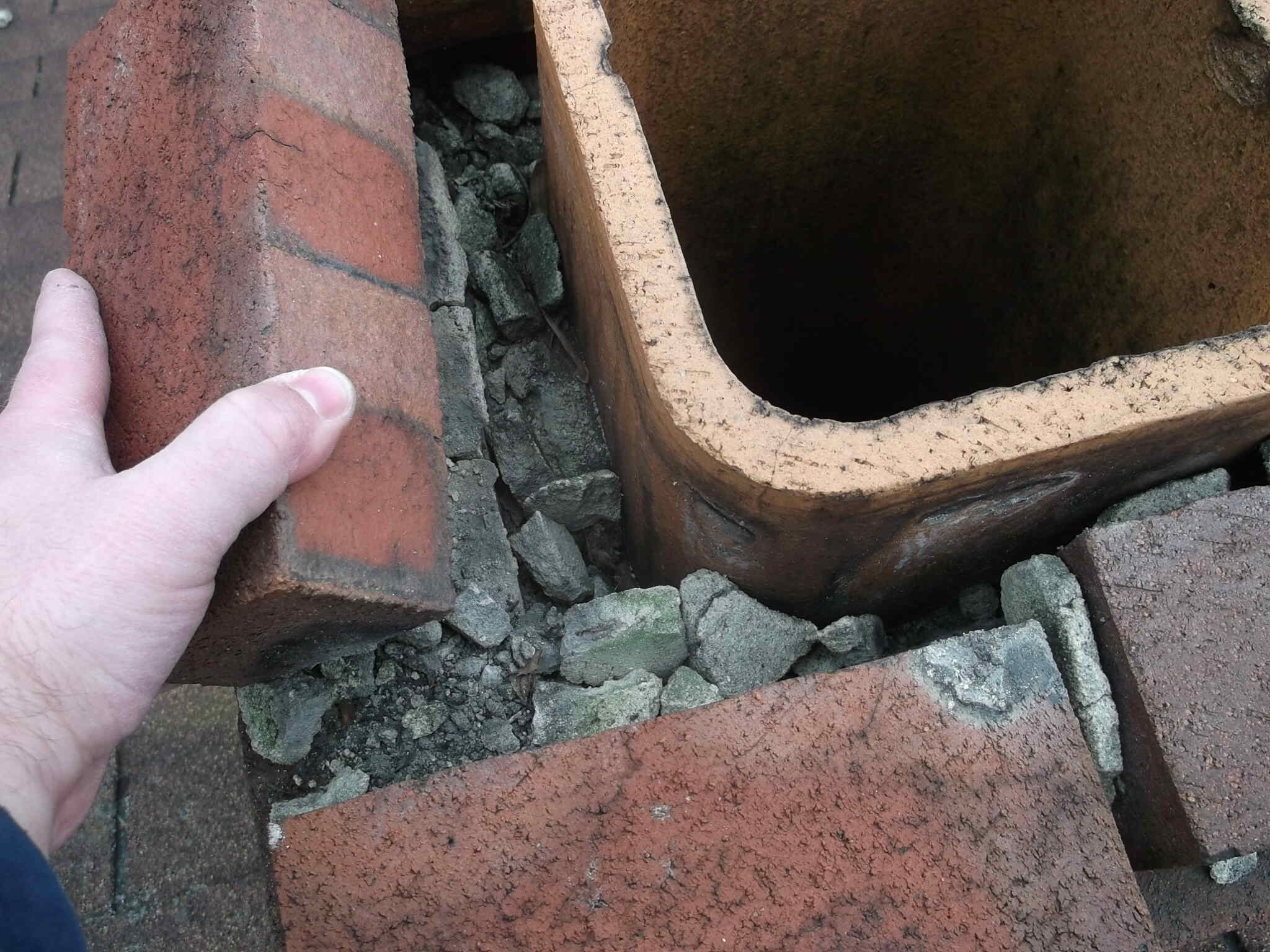
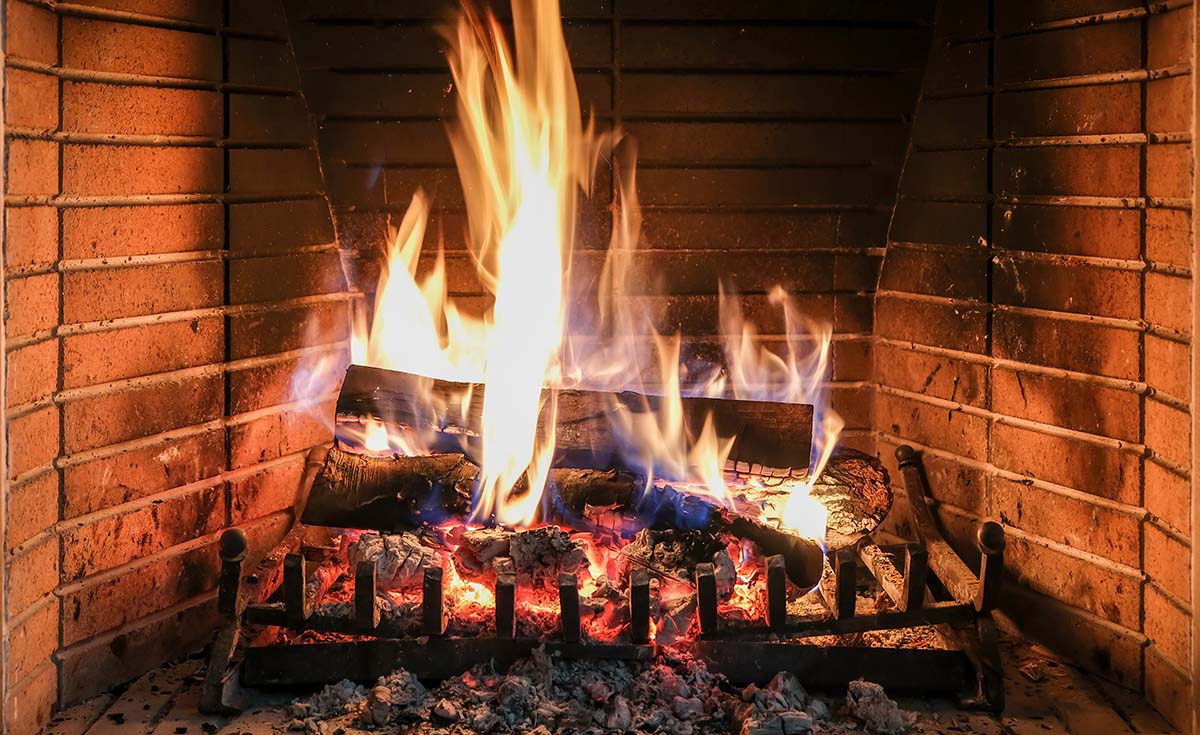
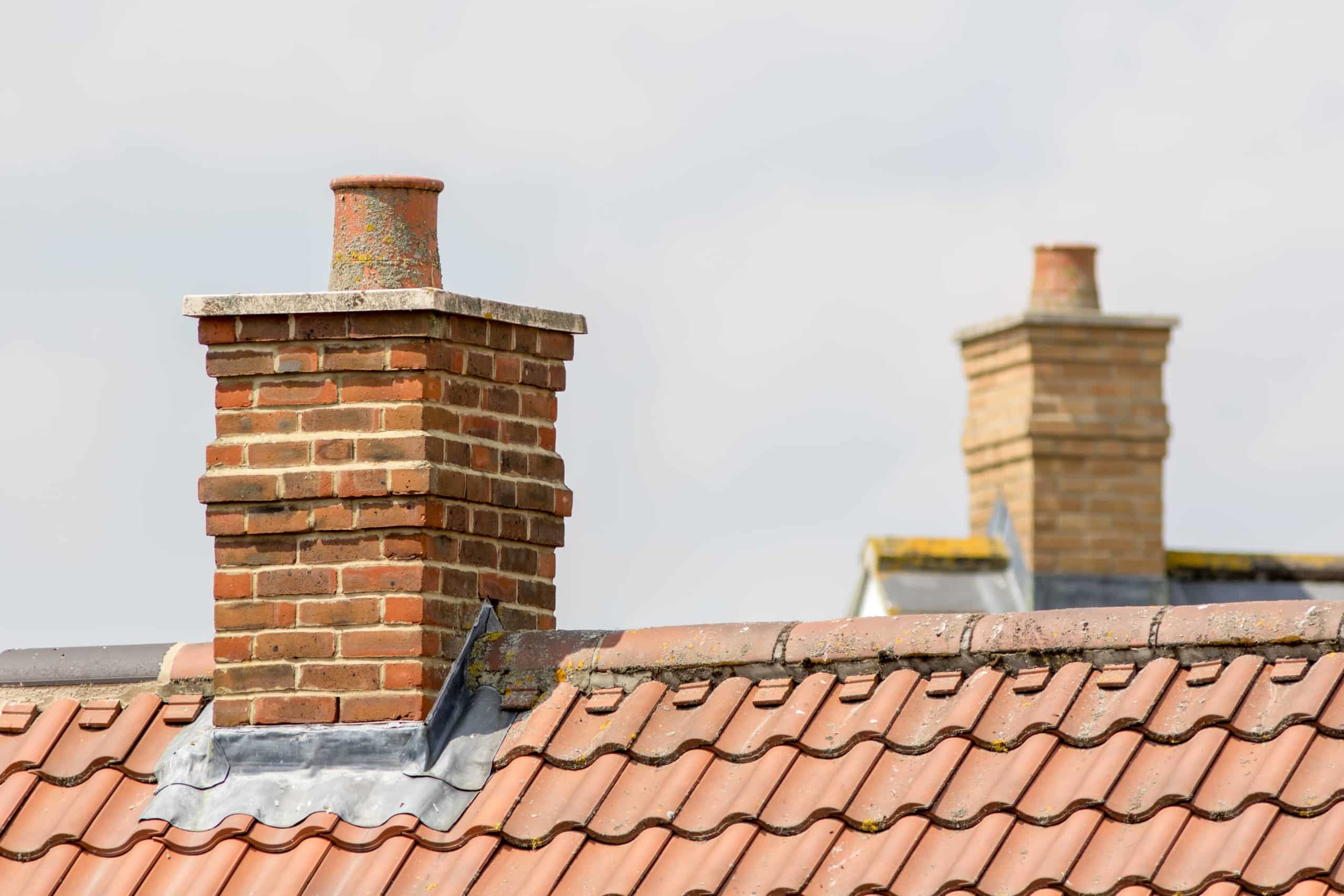
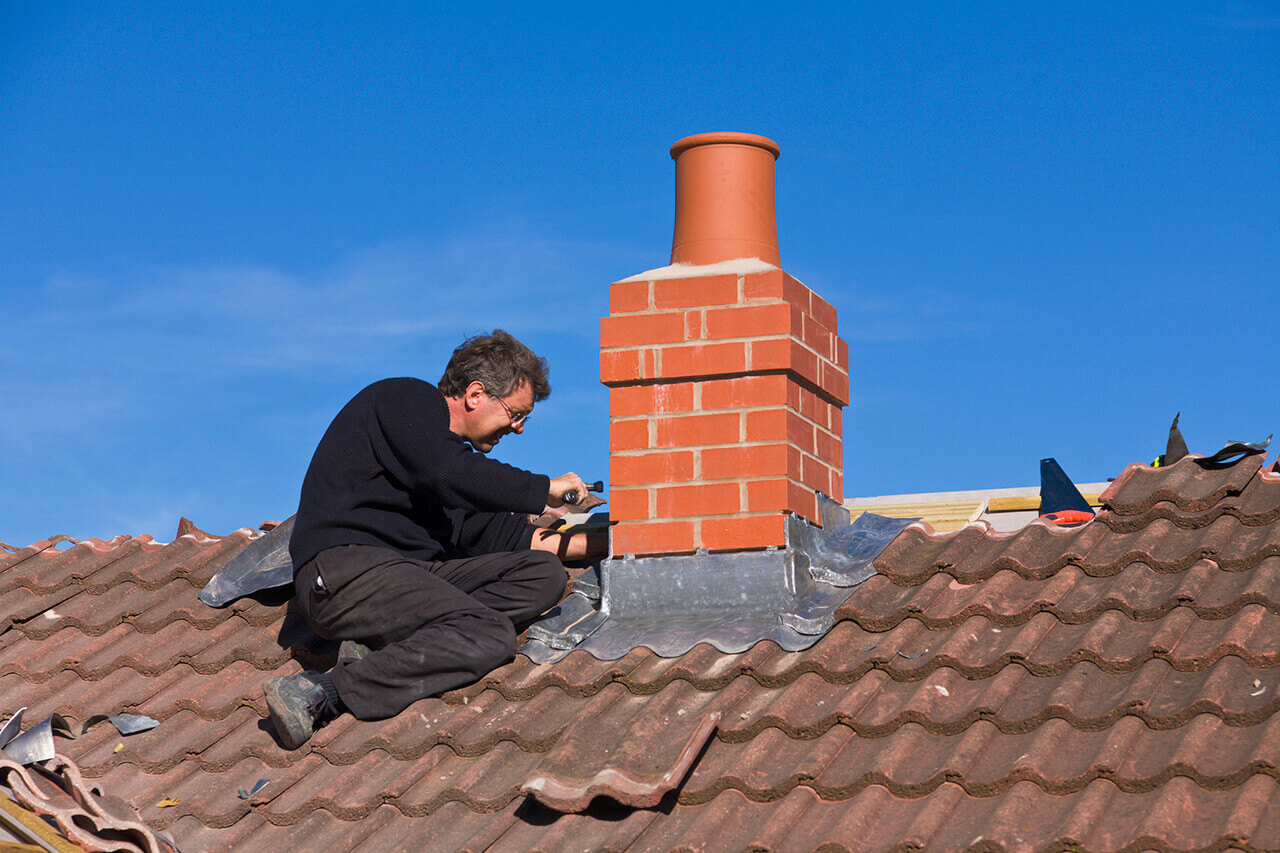
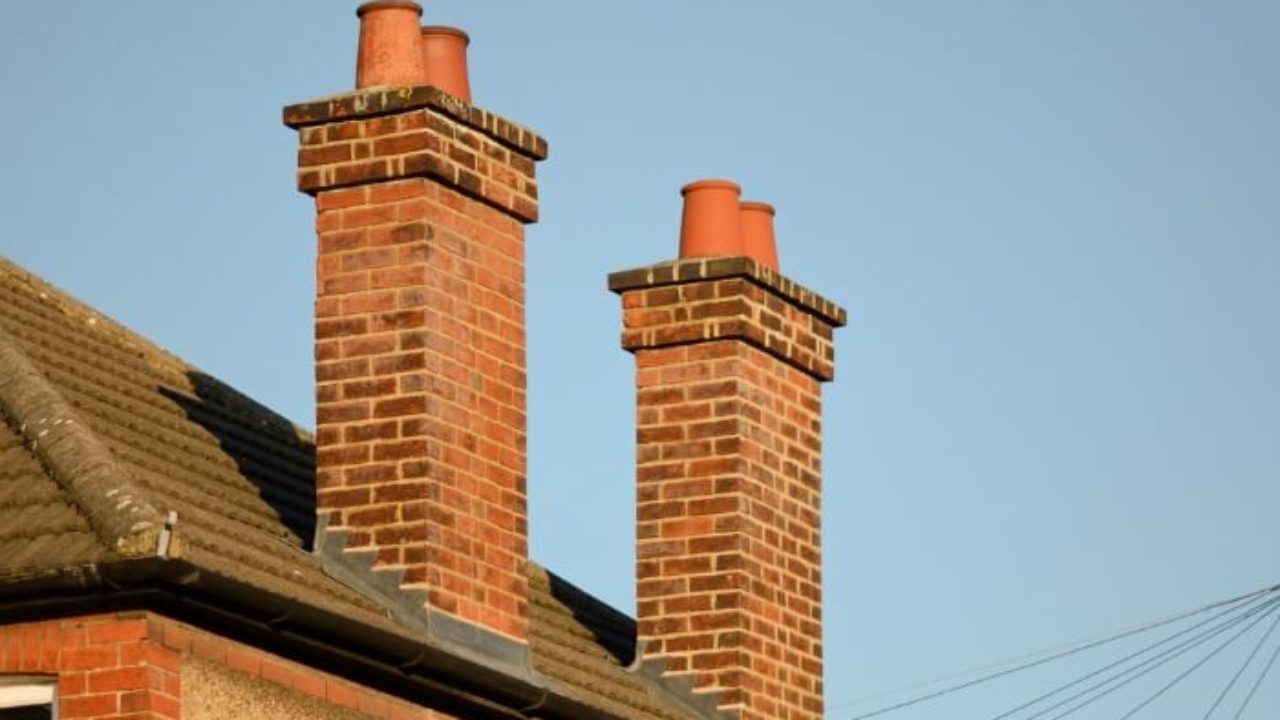
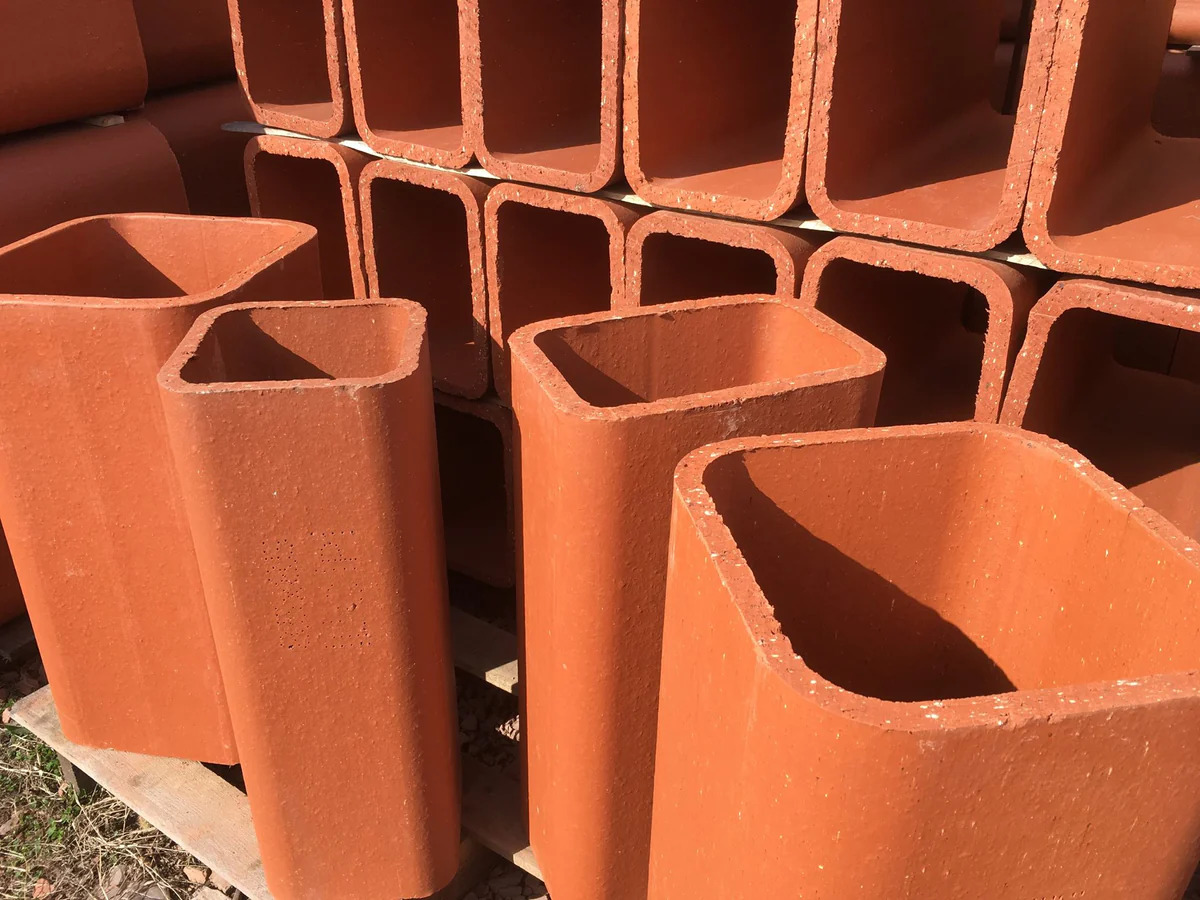
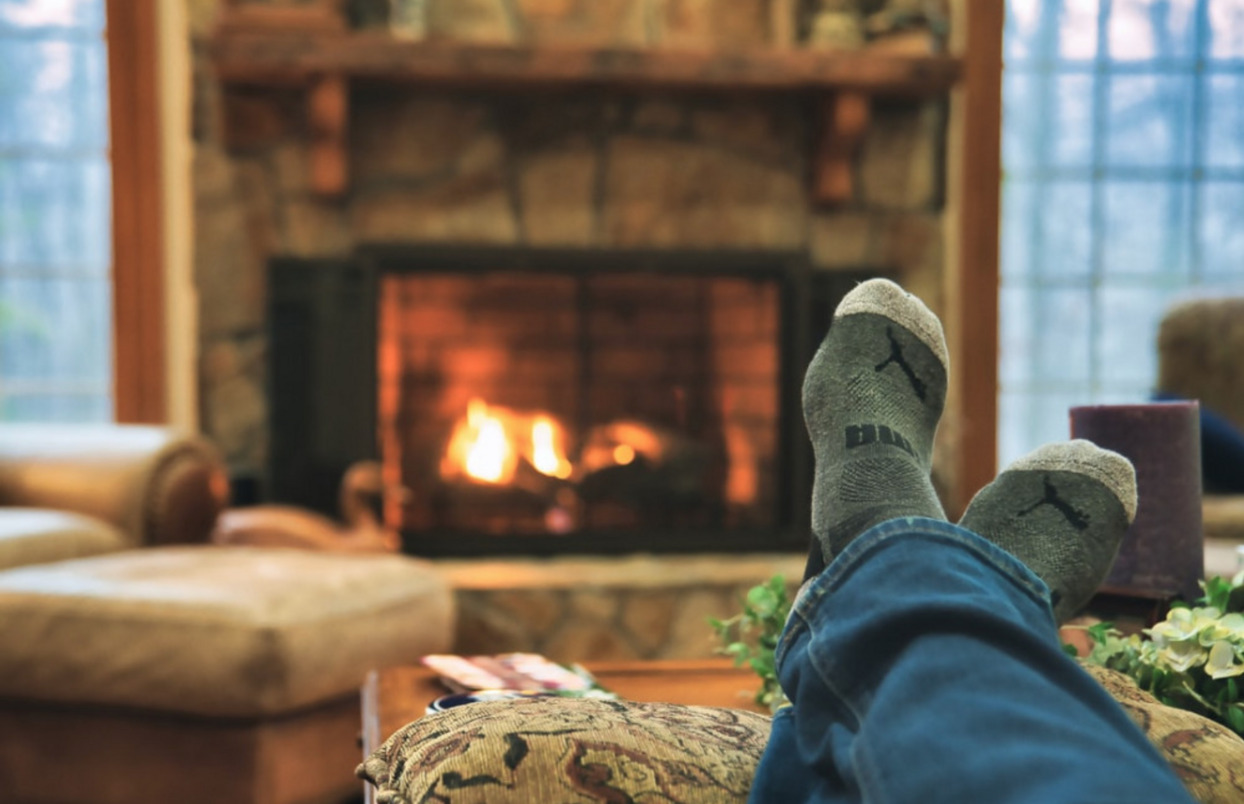
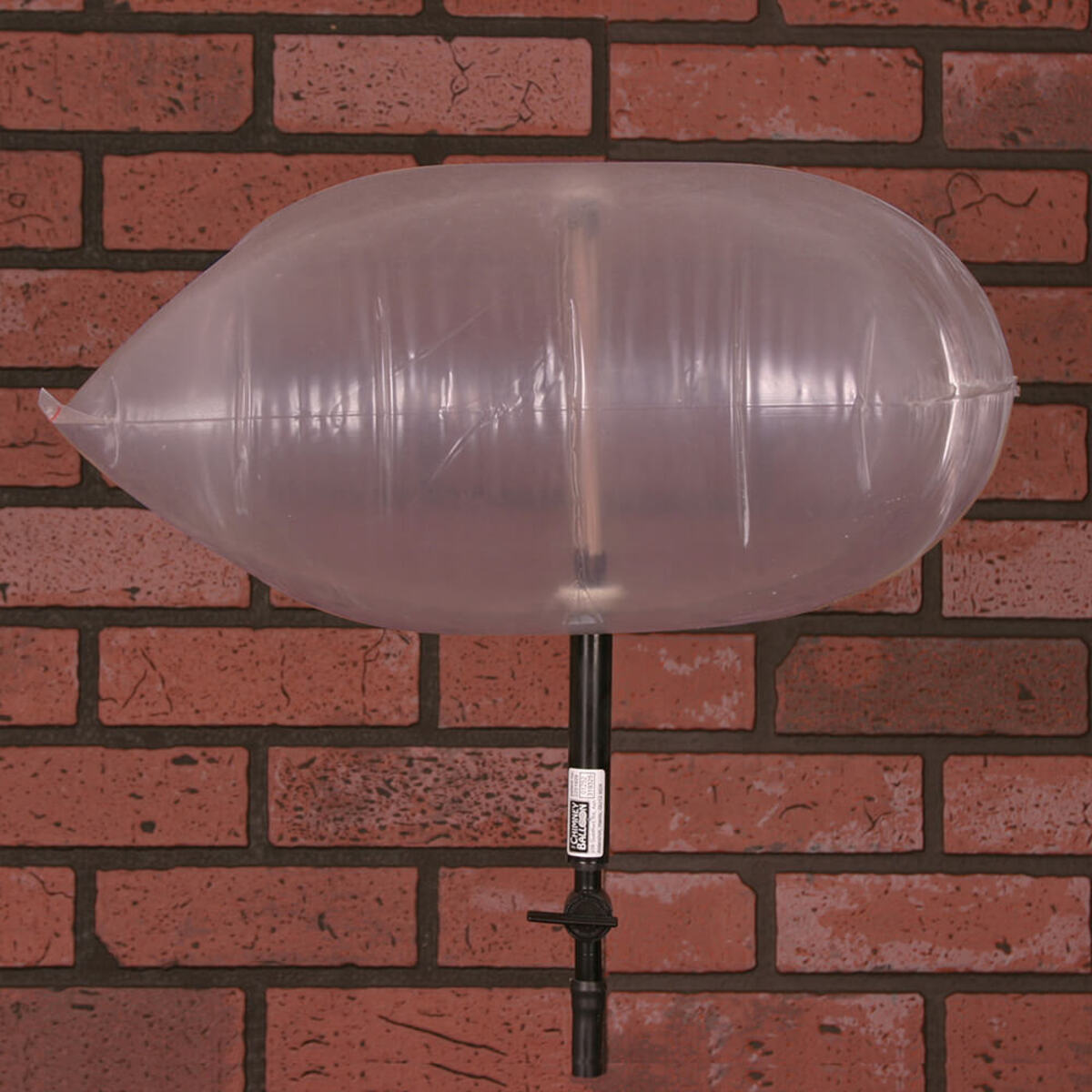
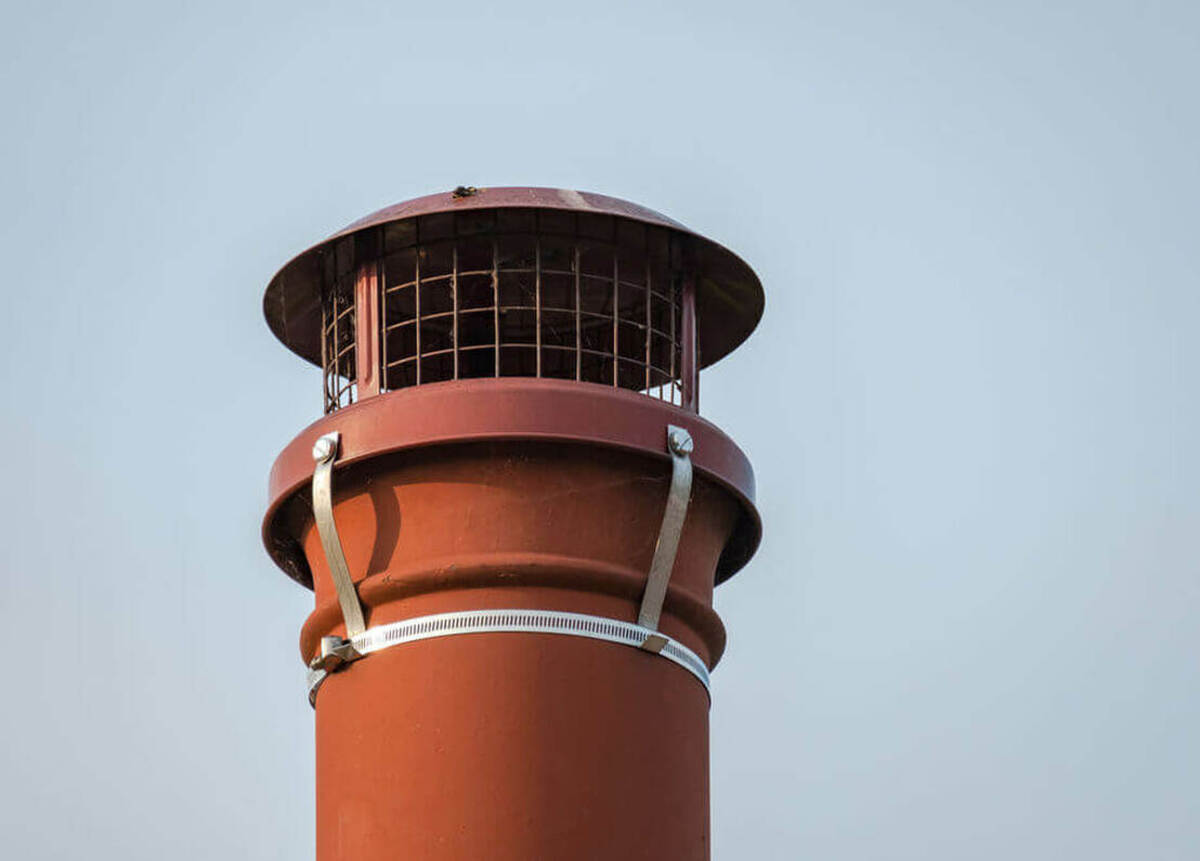
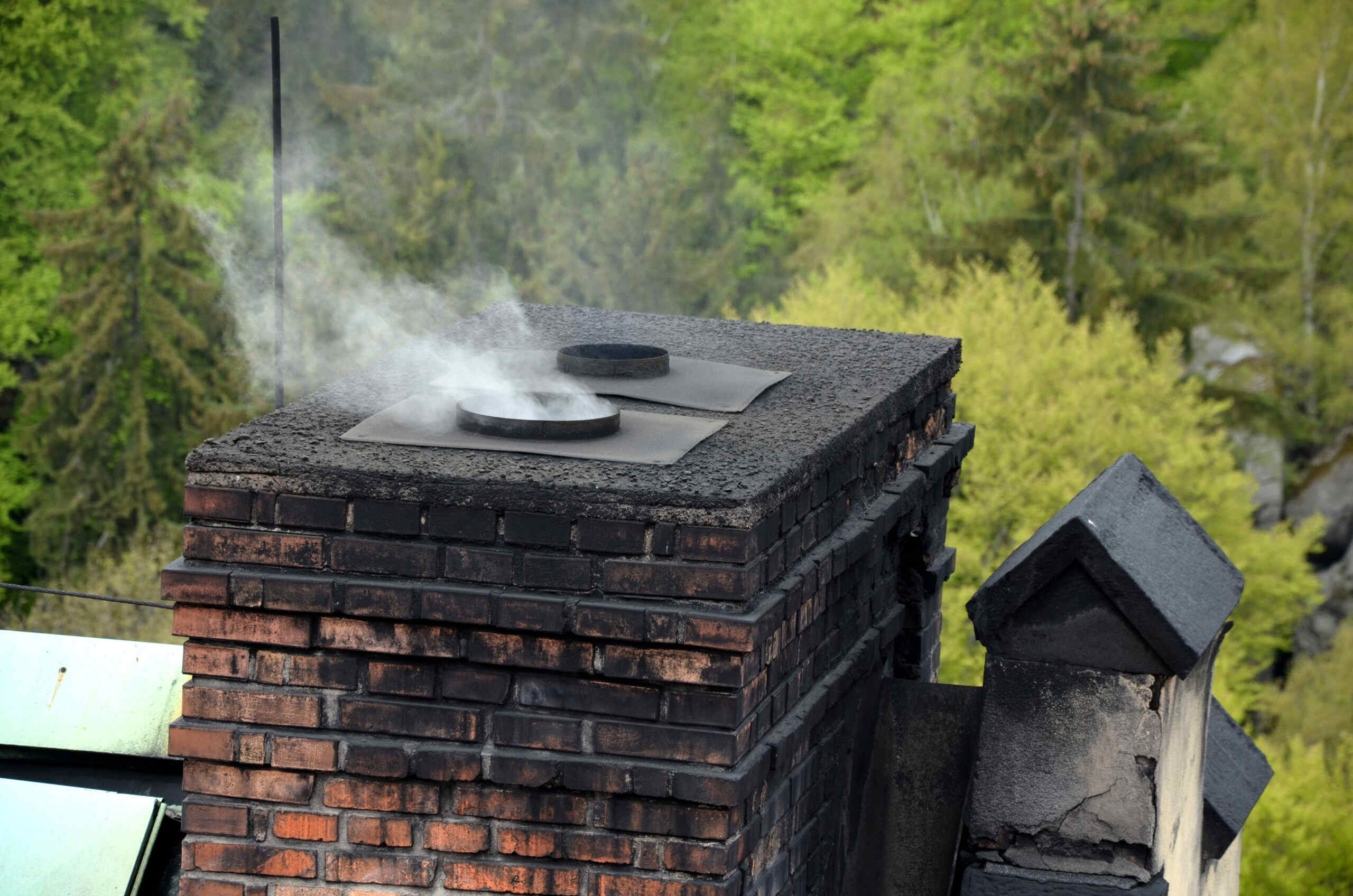
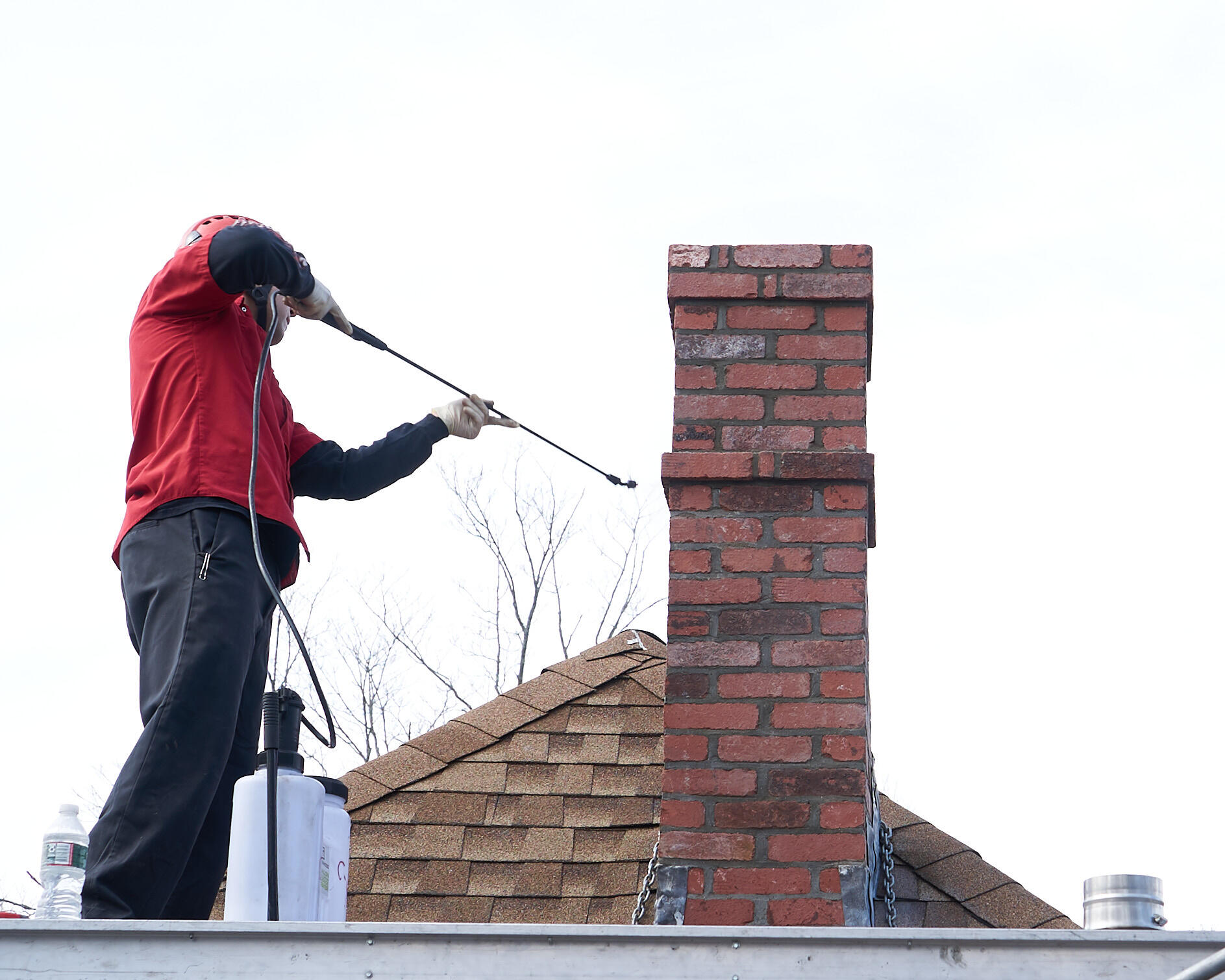
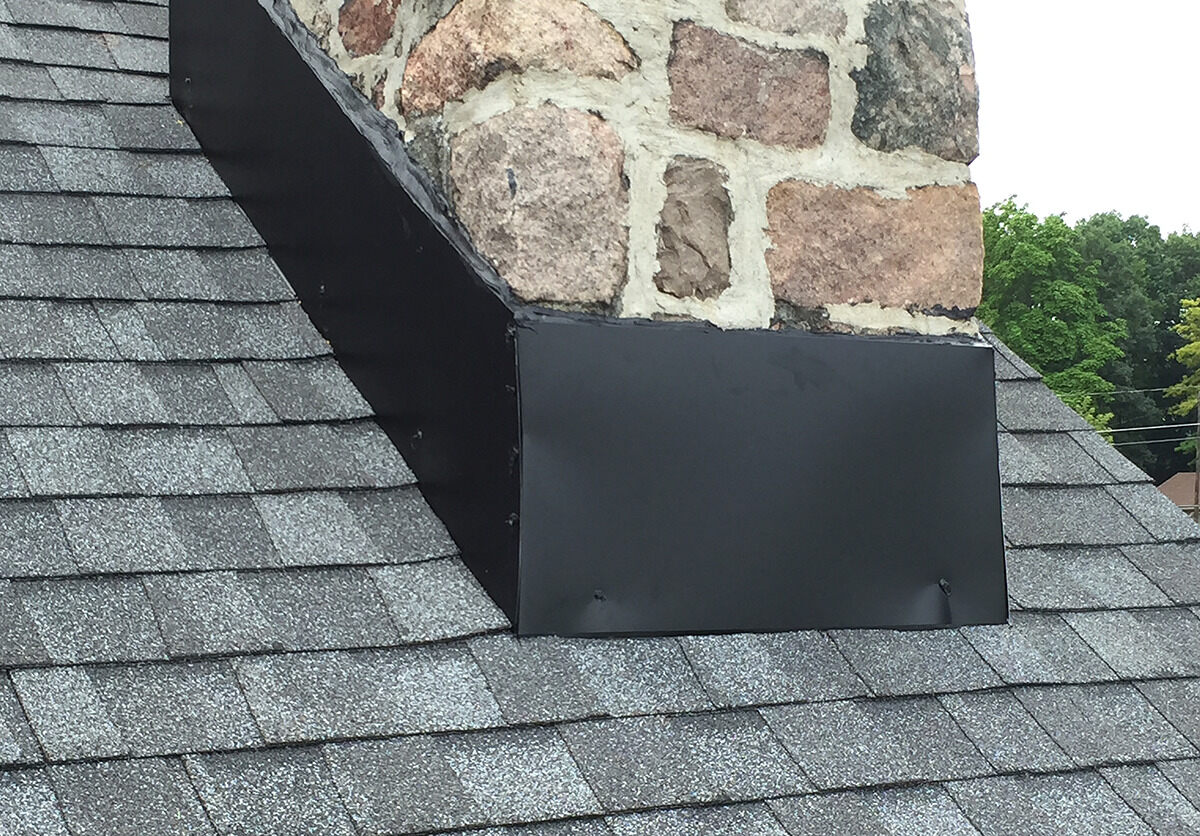
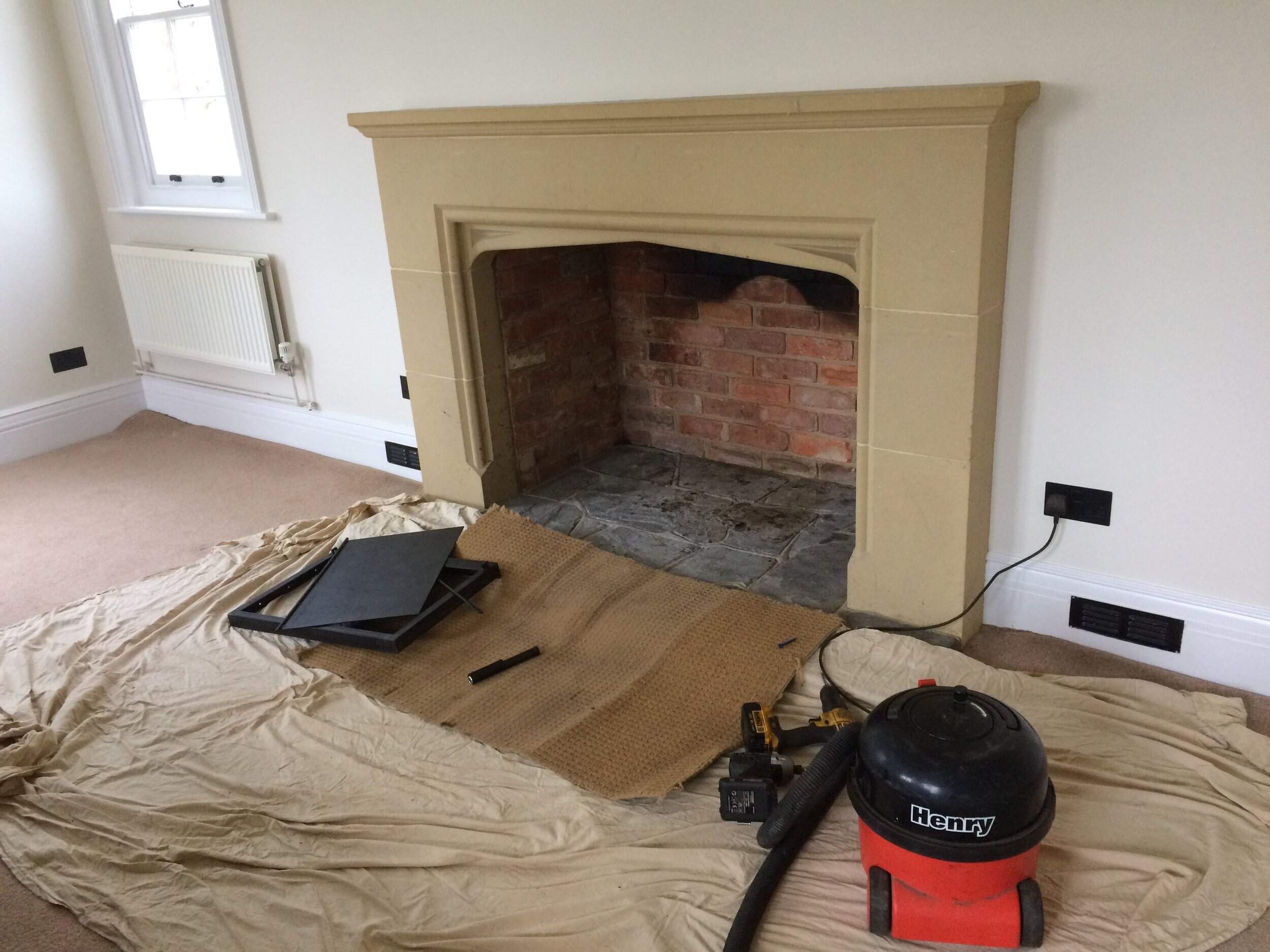

0 thoughts on “What Is A Chimney Flue”